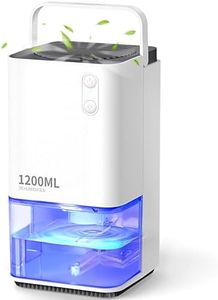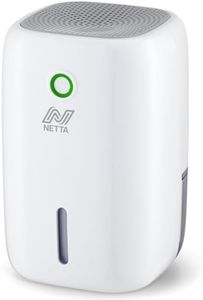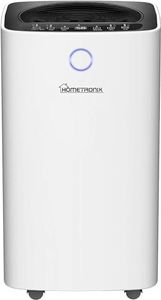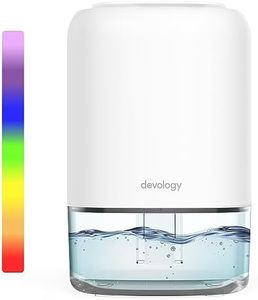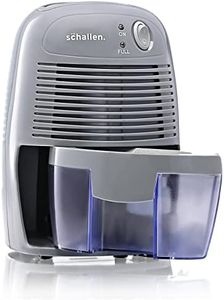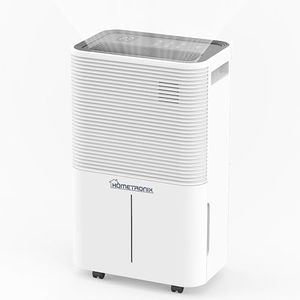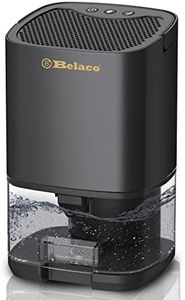We Use CookiesWe use cookies to enhance the security, performance,
functionality and for analytical and promotional activities. By continuing to browse this site you
are agreeing to our privacy policy
10 Best Dehumidifier For Mould
From leading brands and best sellers available on the web.Buying Guide for the Best Dehumidifier For Mould
Choosing the right dehumidifier for mould control is crucial to ensure a healthy living environment. Mould thrives in damp conditions, so a dehumidifier can help by reducing the moisture levels in the air. When selecting a dehumidifier, it's important to consider several key specifications to ensure it meets your needs effectively. Here are the key specs you should focus on and how to navigate them.CapacityCapacity refers to the amount of moisture a dehumidifier can remove from the air in a 24-hour period, usually measured in pints or liters. This is important because it determines how effective the dehumidifier will be in controlling humidity levels. For small rooms or areas with mild humidity, a lower capacity (10-20 pints) may suffice. For larger spaces or areas with high humidity, a higher capacity (30-50 pints or more) is necessary. Assess the size of the area and the severity of the moisture problem to choose the right capacity.
Coverage AreaCoverage area indicates the maximum size of the room or space that the dehumidifier can effectively manage, usually measured in square feet or square meters. This is important to ensure the dehumidifier can handle the space where mould is a concern. Small dehumidifiers are suitable for bathrooms or closets, while larger units are needed for basements or living rooms. Measure the area where you plan to use the dehumidifier and select a model that can cover at least that much space.
Humidity ControlHumidity control allows you to set the desired humidity level, typically between 30% and 90%. This is important for maintaining a comfortable and mould-free environment. Basic models may have a simple dial, while advanced models offer digital controls and hygrometers for precise settings. If you need specific humidity levels, look for a model with adjustable settings. For general mould prevention, maintaining humidity around 50% is usually effective.
Energy EfficiencyEnergy efficiency indicates how much energy the dehumidifier uses to remove moisture, often reflected in an Energy Star rating. This is important for reducing electricity costs and environmental impact. Energy-efficient models use less power and can save money over time. Look for dehumidifiers with an Energy Star certification for the best efficiency. If you plan to run the dehumidifier frequently, prioritizing energy efficiency can lead to significant savings.
Noise LevelNoise level refers to how loud the dehumidifier operates, usually measured in decibels (dB). This is important if you plan to use the dehumidifier in living spaces or bedrooms where noise can be disruptive. Lower noise levels (below 50 dB) are ideal for quiet environments, while higher noise levels may be acceptable in basements or garages. Consider where you will place the dehumidifier and choose a model with an appropriate noise level for that setting.
Drainage OptionsDrainage options refer to how the dehumidifier disposes of the collected water, either through a removable bucket or a continuous drain hose. This is important for convenience and maintenance. Models with a bucket require regular emptying, which can be manageable for occasional use. Continuous drain options are more convenient for constant operation, as they can be connected to a drain or sump pump. Choose based on how often you plan to use the dehumidifier and your willingness to perform maintenance.
Additional FeaturesAdditional features can include things like a built-in pump, auto-restart, timer, and air filters. These features can enhance convenience and functionality. A built-in pump allows for more flexible drainage options, auto-restart ensures the unit resumes operation after a power outage, timers help manage operation times, and air filters can improve air quality. Consider which features are important for your specific needs and preferences to enhance your dehumidifying experience.


